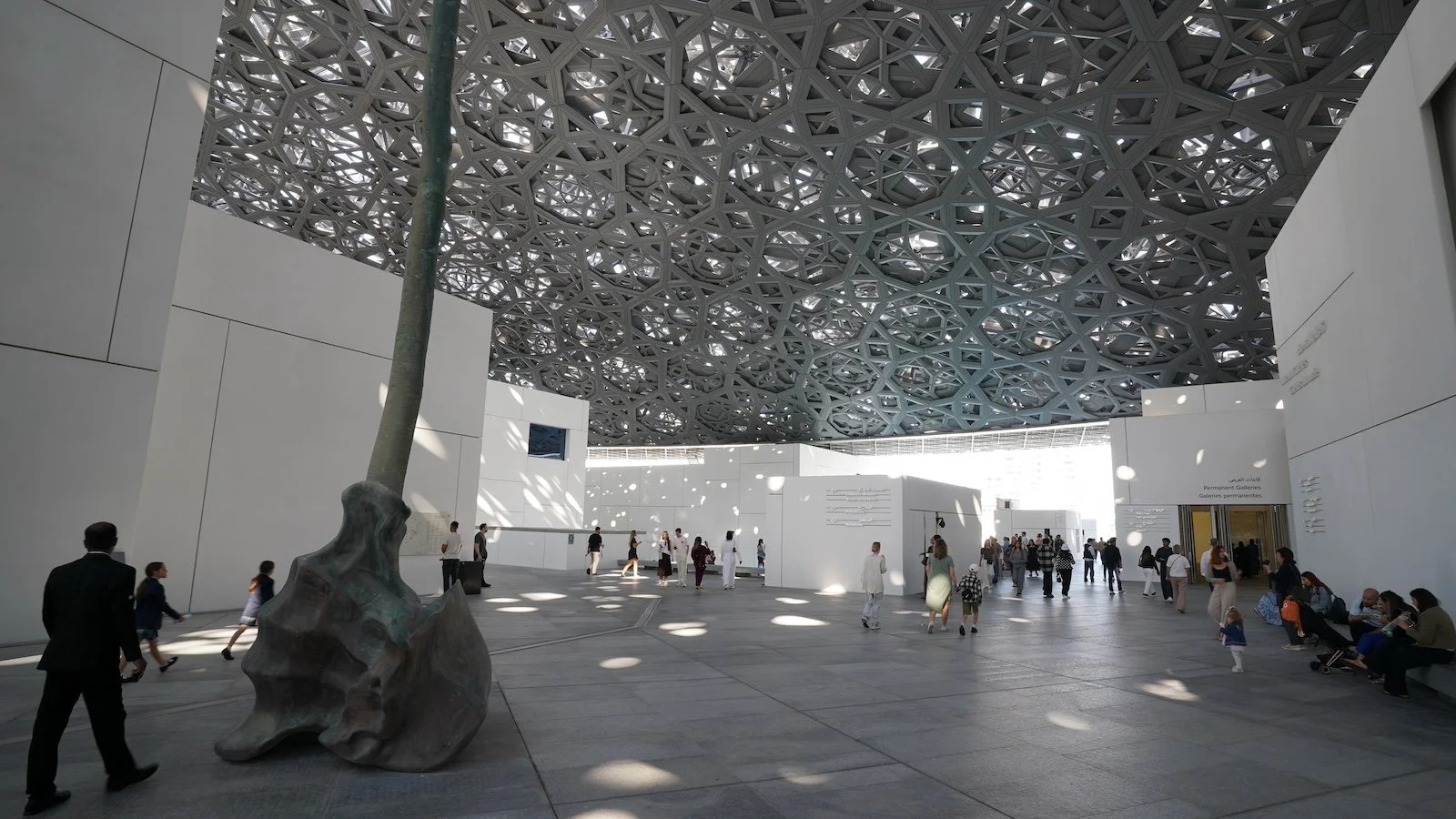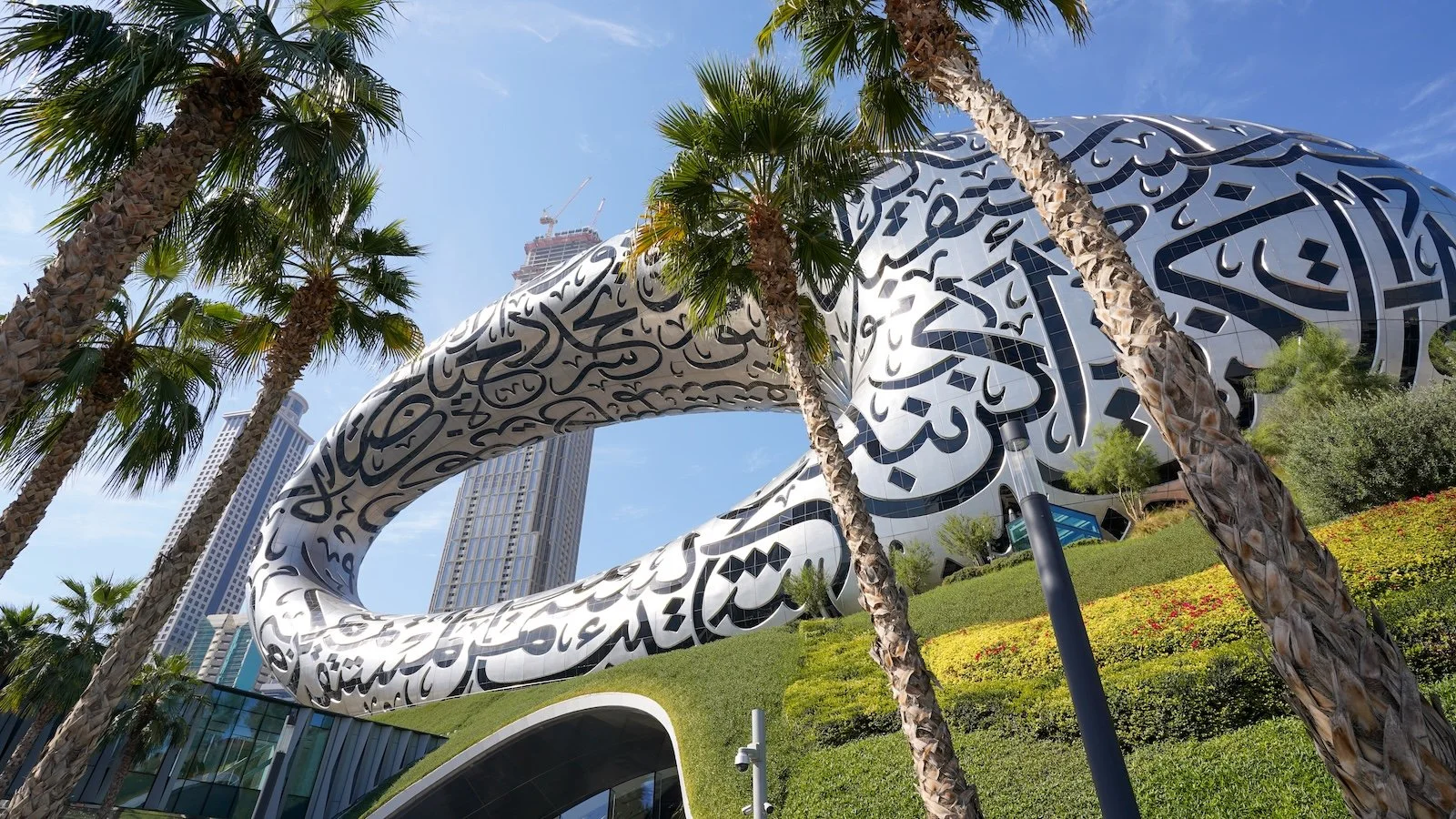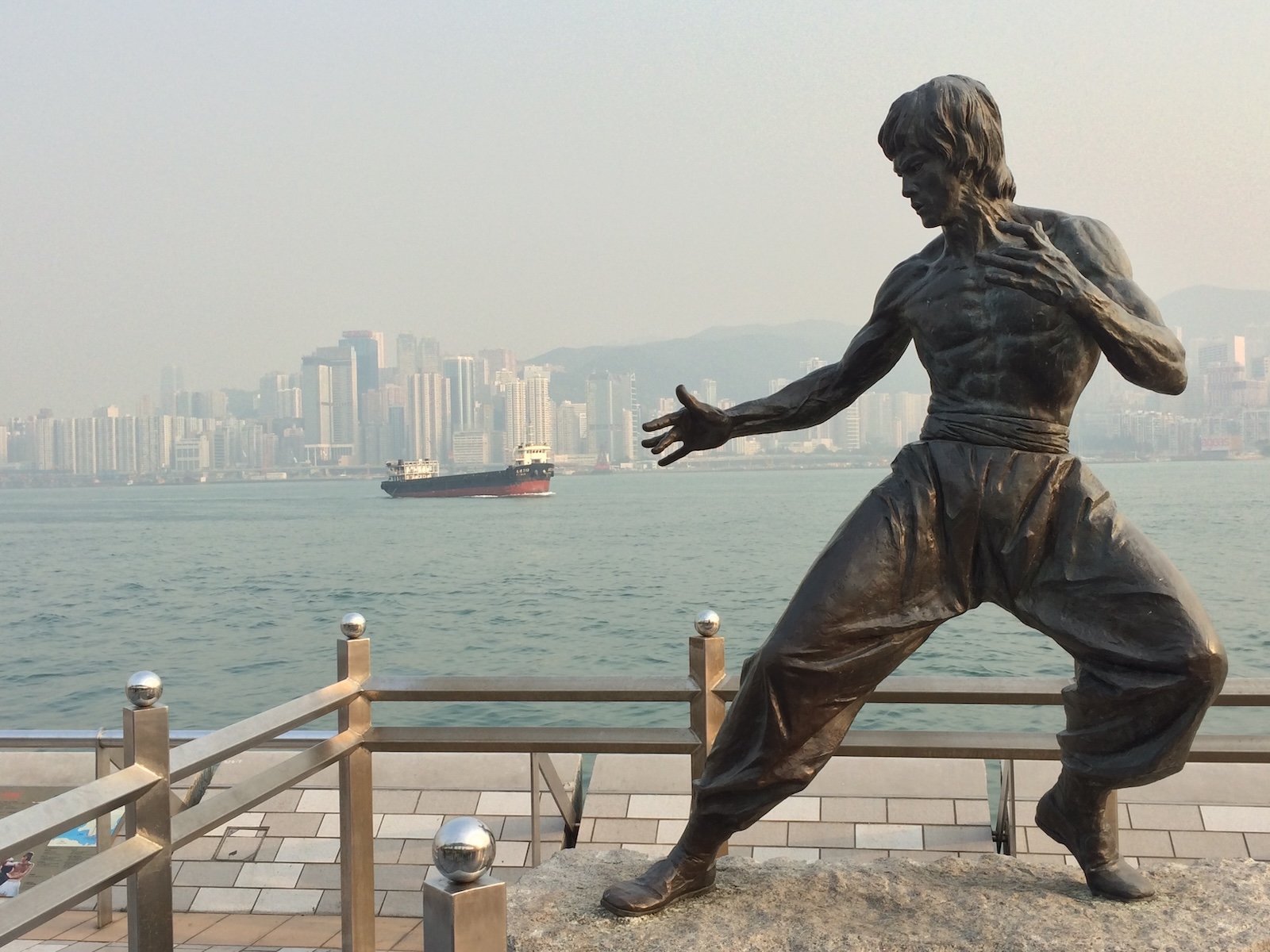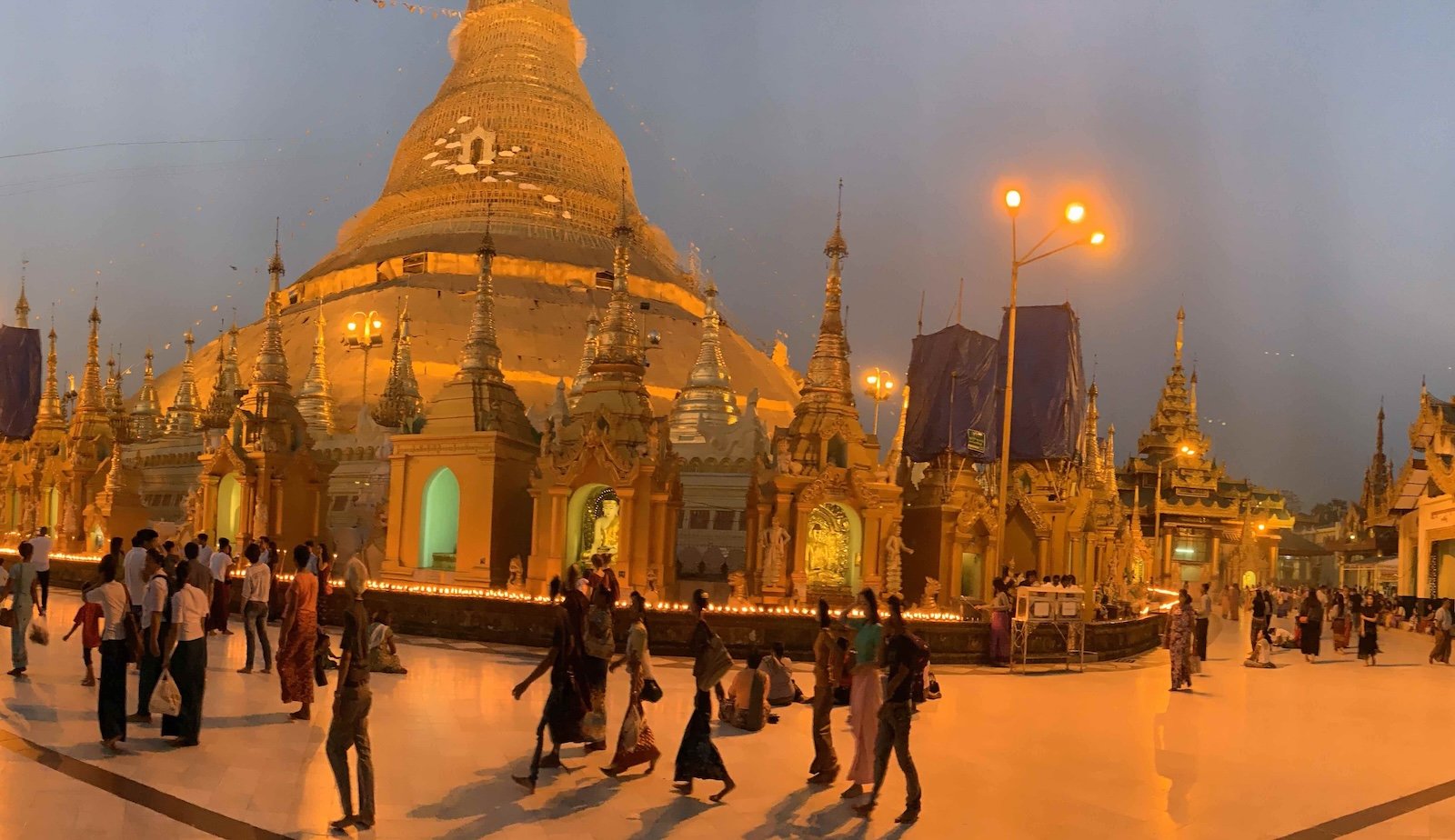Exploring the Al Fahidi historical neighbourhood in Dubai’s old town
The Al Fahidi Historical Neighbourhood, formerly known as Al Bastakiya, is one of Dubai’s most treasured heritage sites, offering visitors a glimpse into the city’s past before its transformation into a global metropolis.
© Images by Hiatus.Design
Located along Dubai Creek in the Bur Dubai area, this district is renowned for its well-preserved architecture, narrow lanes, and traditional wind towers, which reflect the region’s rich cultural and architectural heritage. Established in the late 19th century, Al Fahidi was originally home to Persian merchants from the Bastak region, who came to Dubai seeking better trade opportunities.
The neighbourhood is characterised by its coral stone and gypsum houses, a traditional construction method that helped keep interiors cool in the harsh desert climate. The wind towers, or barajeel, are a defining feature of these structures, designed to funnel cooler breezes into the homes. This ingenious form of early air conditioning not only highlights the resourcefulness of the area’s early inhabitants but also adds a distinctive aesthetic to the neighbourhood.
Today, Al Fahidi stands as a cultural hub that bridges Dubai’s past and present, attracting both residents and tourists who are eager to explore its museums, art galleries, and cultural exhibits. The Sheikh Mohammed Centre for Cultural Understanding (SMCCU) is a key highlight of the area, offering visitors opportunities to learn about Emirati traditions, customs, and cuisine through guided tours and cultural activities. The district is also home to the Dubai Museum, housed in the historic Al Fahidi Fort, which provides a comprehensive overview of the city’s evolution from a small fishing village to a bustling global hub.
Wandering through Al Fahidi’s labyrinthine alleys, visitors can discover numerous art galleries showcasing contemporary and traditional works by local and international artists. Cafés and boutique shops further enrich the experience, with many offering handcrafted souvenirs, traditional clothing, and artisanal products that capture the essence of Emirati culture.
The neighbourhood also serves as a venue for cultural events and festivals, such as the annual Sikka Art Fair, which celebrates emerging artists and creativity across various mediums. Despite the rapid modernisation of Dubai, Al Fahidi remains a symbol of the city’s dedication to preserving its heritage and fostering a sense of identity amidst change.
In essence, the Al Fahidi Historical Neighbourhood is a vibrant testament to Dubai’s history and cultural diversity. It offers a serene and enriching escape from the city’s modern skyline, inviting visitors to immerse themselves in the traditions and stories that have shaped this remarkable emirate.
You might also like:




















